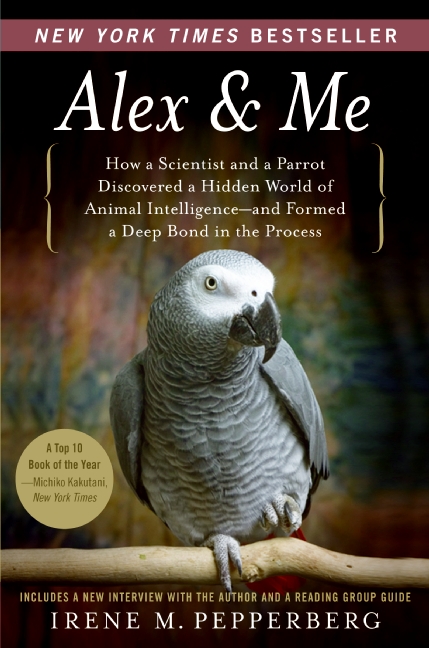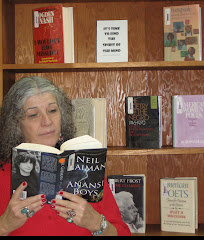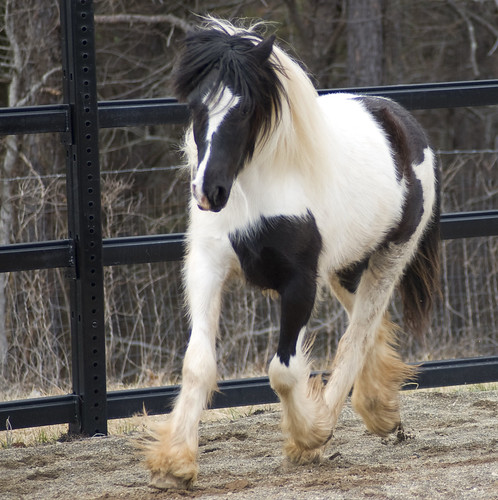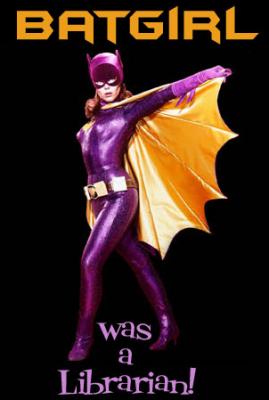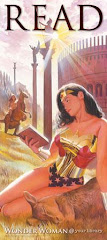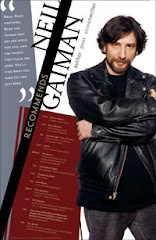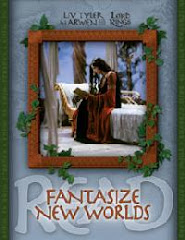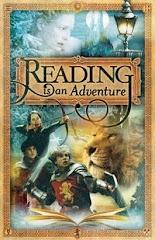A. J. Jacobs is the editor at large at Esquire magazine. He is a man on a mission. He practices "participatory journalism"--which means that he feels that if you really want to learn about a topic, you should dive in and try to live that topic. So his life has in essence become a series of "experiments" that he in turn writes about.
In 2004, he wrote a book called The Know-It-All, after he decided to read the Encyclopaedia Britannica from A to Z (all 44 million words of it, which took him about a year). This was my first taste of A. J. and his writing, and quite frankly I was hooked and have loved him ever since.
In 2007, The Year of Living Biblically was published. I loved this book as well. He tried to follow every single rule in the Bible , as literally as possible. As Jacobs himself said, "I tried not to covet, gossip, or lie for a year. I’m a journalist in New York. This was not easy."
This book is his latest, and chronicles several of his life experiments. It contains some previously published experiments (including “My Outsourced Life,” Jacobs’ quest to delegate every task in his life to India). It also has new experiments -- including life-changing quests featuring George Washington’s rules of life, marital harmony/disharmony, multitasking, and Chaper Six, "The Truth About Nakedness".
This book is fearless, hilarious, and thought provoking. Along with A.J.'s trademark humor, we actually receive a little insight. Most women will love the chapter about the month he spent catering to his wife's every whim (the same wife that many of his readers have said for years is a saint).
He's now working on a book called The Healthiest Human Being in the World, as he tries to perfect his physical condition while simultaneously dissecting the meaning of the word “healthiest.” I can't wait to read it.
New Books and ARCs, 4/26/24
12 hours ago




